Types of snakes include: constrictors such as pythons and boas; venomous snakes such as vipers and elapids; and non-venomous predators such as colubrids. Notable snake species include the reticulated python (the world’s longest snake), the Mojave rattlesnake (one of North America’s most dangerous snakes), and the inland taipan, the world’s most venomous snake.
On this page you’ll discover the different types of snakes within the suborder Serpentes (the animal group in which all snakes are found)...
Page Index
- Types Of Snakes: Introduction
- Pythons (Family Pythonidae)
- Reticulated Python (Python reticulatus)
- Ball Python (Python regius)
- Boas and Anacondas (Family Boidae)
- Green Anaconda (Eunectes murinus)
- Viperids (Family Viperidae)
- Western Diamondback Rattlesnake (Crotalus atrox)
- Saw-Scaled Viper (Genus Echis)
- Saw-Tailed Viper (Echis carinatus)
- Elapids (Family Elapidae)
- Inland Taipan (Oxyuranus microlepidotus)
- Black Mamba (Dendroaspis polylepis)
- Cobras (Genus Naja)
- Colubrids (Family Colubridae)
- Garter Snakes (Genus Thamnophis)
- Leptotyphlopids (Family Leptotyphlopidae)
- Barbados threadsnake (Tetracheilostoma carlae)
- Other pages about snakes & reptiles on Active Wild
Types Of Snakes: Introduction
As far as we know, the world has a little under 10,000 species of reptiles. And about a third of them (perhaps as many as 3,600 species) are snakes. This incredible diversity is a testament to their evolutionary success. Over a hundred million years or so, snakes have adapted to nearly every climate and ecosystem on earth.
As diverse as they are, all snakes share a common body plan, with a long, legless trunk and a short tail (you can tell trunk from tail by the skeleton: the trunk is the part with the ribs). They also share a common lifestyle – every snake, everywhere on earth, is a predator.
Snakes live in every environment imaginable: from the wettest jungle to the driest desert, and from the boiling heat of the equator all the way to the arctic circle.
Because snakes are reptiles and therefore cold-blooded, they tend to prefer hot places. But one snake, the European adder, has made its home all over Europe, including the far northern reaches of Russia and Scandinavia.
Pythons (Family Pythonidae)
Pythons are the longest snakes in the world. They’re the classic constrictors: instead of a venomous bite, they kill their prey by coiling around it, gradually tightening their grip until their victim is unable to breathe.
Pythons are genetically distant from all other snakes, which leads scientists to believe that they were an early evolutionary offshoot.
The python’s body confirms that view, and also suggests that pythons haven’t changed much in the tens of millions of years since they first evolved; unlike other modern snakes, pythons still have tiny back limbs, an evolutionary holdover from snakes’ lizard ancestors.
Called “pelvic spurs,” the legs protrude just a few millimeters from the skin at the base of the snake’s tail.
Reticulated Python (Python reticulatus)
The longest snake in the world is the reticulated python (Python reticulatus), a colorful constrictor that can grow up to 30 feet long. Reticulated pythons are the only snake known to prey on humans in the wild.
- You can find out more about the reticulated python on this page: Reticulated Python Facts
Ball Python (Python regius)
Pythons are famous for their huge sizes, but not all species are large: the ball python is a miniature cousin of the reticulated python, growing to only 5 or 6 feet. Because of its small size and beautiful coloration, the ball python is one of the most popular reptiles in the pet trade.
Ball pythons are named for their defensive behavior, which involves the snake coiling up into a tight ball when threatened.
Boas and Anacondas (Family Boidae)
With their huge bulk, anacondas look similar to pythons, but they’re only distant relatives. Physically, anacondas are shorter and stockier than pythons, and their heads are less angular.
Anacondas are close cousins of the boas, another group of constrictors in the same family. Boas and anacondas live in South and Central America, whereas pythons live in Asia and Africa. They give birth to live young, whereas pythons (and most other snakes) lay eggs.
Green Anaconda (Eunectes murinus)
The reticulated python might be the longest snake in the world, but the green anaconda is by far the heaviest.
The largest snake ever found was a 28-foot-long green anaconda, just a little shorter than the longest reticulated python. Due to her huge bulk, the record-breaking anaconda probably weighed around 500 pounds, over 100 pounds more than the python.
- You can find out more about the green anaconda on this page: Green Anaconda Facts
Viperids (Family Viperidae)
The quintessential venomous snakes, vipers are a diverse family with members all over the world. Vipers can often be identified by their distinctive triangular heads (other snakes have a more oval or elongated head).
Certain vipers, known as pit vipers, have a unique organ called a loreal pit on the front of the face. The loreal pit is extremely heat-sensitive and provides the snake with detailed information on any nearby heat source, such as a small mammal that might make a nice meal.
Scientists recently discovered that signals from the loreal pit are processed in the optic tectum, the brain structure responsible for vision. So pit vipers can literally see heat.
The main active ingredients in viper venom are proteases, essentially digestive enzymes that break down proteins and damage tissue.
Unlike cobras or mambas, vipers don’t have neurotoxins in their venom. That means the bite can be extremely painful, but is rarely fatal.
Like other venomous snakes, many vipers seem to have venom far more powerful than it needs to be. Why would evolution drive the potency of snake venom up beyond what’s necessary to bring down a small prey animal?
Some evolutionary biologists have suggested that venom evolved initially for hunting but that its main purpose now is protecting the snake against threats higher up the food chain. A powerful viper bite might be overkill for a mouse, but it might be just the thing to discourage a hungry hawk or coyote.
Vipers are deadly predators, but also devoted parents. Females give birth to live young and often look after them after they’re born, protecting them from predators and keeping them warm in cold weather.
In many viper species, females have more potent venom than males. That’s hard to explain if the purpose of venom is hunting, because males and females hunt the same prey. But it makes perfect sense of the purpose is self-defense or defense of the nest.
Western Diamondback Rattlesnake (Crotalus atrox)
Despite their fearsome reputation among humans, rattlesnakes are actually quite vulnerable to other animals in the wild. Coyotes will happily snack on rattlesnakes, as will predatory birds like hawks, eagles, and roadrunners.
The rattle is a flexible, segmented structure built from a series of dry, hollow chambers at the end of the snake’s tail. The snake can vibrate its tail 60 times per second, causing the chambers to bang against each other.
Imagine stringing a bunch of walnut shells into a necklace and then whipping it back and forth – that’s basically the mechanism of a rattlesnake’s tail.
Every time the snake molts (sheds it skin), it adds a new segment to the end of its tail. So a snake with a long rattle has been through many, many molts.
But you can’t tell a rattlesnake’s age just from counting the segments in its tail. For one thing, snakes molt at different rates, so there’s no way to convert the number of segments into a number of years. For another, segments can break off, especially when the snake is rubbing itself on a rock to get rid of old skin, so even a snake with just a few segments might be very, very old.
Saw-Scaled Vipers (Genus Echis)
According to the Encyclopedia Britannica, the saw-scaled viper is the snake that kills the most people. It’s a bit of an unfair comparison since the saw-scaled viper is actually a genus containing a dozen or so species, whereas most of its competitors are single species.
The overall point stands, though: saw-scaled vipers, as a group, take more lives than any other snake, and some scientists estimate that they take more lives than all other snakes combined. More than 50,000 people die each year from the bites of saw-scaled vipers.
Why are saw-scaled vipers so dangerous? Their venom can be very potent, though not nearly as potent as the venom of some elapid snakes (see below).
The main reason is their behavior: saw-scaled vipers can be highly aggressive when threatened and are far more likely to bite than retreat. Most venomous snakes will only bite when provoked, but a saw-scaled viper can attack an unsuspecting human with little warning.
Saw-scaled vipers get their name from the rough, toothy texture of their scales. Because their scales are so rough, the snake can make a warning sound by rubbing its coils together to make a buzzing sound almost like microphone static.
Saw-Tailed Viper (Echis carinatus)
Perhaps the most dangerous of the saw-scaled vipers is Echis carinatus. It is found in eastern and central Asia, concealing itself under rocks in dry scrubland habitats. The species moves by 'sidewinding'; a sideways method of locomotion used by desert snakes to move quickly over sand.
Elapids (Family Elapidae)
Elapids are small but lethal predators who use powerful neurotoxins to immobilize their prey.
Elapid venom blocks the transmission of signals in nerve cells, leading to paralysis and death. Unlike viper venom, these neurotoxins do not directly accelerate the process of digestion; but they do paralyze the prey, making it easier to swallow.
Some of the more dangerous elapids, such as black mambas and king cobras, can kill a human in less than an hour. A victim might feel okay for as much as ten minutes aside from some pain and swelling around the bite wound. But over time he will start to experience partial paralysis, drooping eyelids, and a metallic taste that seems to come from nowhere.
Left untreated, the venom will render the victim unconscious and eventually paralyze the muscles that move the lungs, causing death from lack of air.
Inland Taipan (Oxyuranus microlepidotus)
The inland taipan has the honor of being the world’s most venomous snake. Its venom is so powerful that a single bite has enough neurotoxins to kill 100 people.
Inland taipans are mid-sized snakes, around 6 feet in length. Unlike many other highly toxic animals, inland taipans lack aposematic coloration, bright warning colors like those on a coral snake or poison arrow frog. The inland taipan generally has an unremarkable appearance, varying from black to brown to dusky yellow. If you saw one, you’d never guess that it was so overwhelmingly venomous.
Inland taipan venom is 10-100x as potent as the venom of some of the world’s deadliest snakes.
The power of snake venom is measured by LD50 or “50% Lethal Dose.” This is the concentration of venom, measured in milligrams of venom per kilogram of body weight, that it takes to achieve a 50% probability of death in a given species. So, the lower the number the more powerful the venom.
Inland taipan venom has an LD50 of 0.025 mg/kg, compared to 0.32 for black mambas, 0.5 for copperheads, and 1.7 for king cobras.
Compared to other venomous snakes, the inland taipan uses only a tiny amount of venom. Its toxins are so potent that the taipan can kill its prey easily while injecting only about a tenth of the amount of venom that would be injected by a rattlesnake.
Despite its extremely potent venom, the inland taipan poses little danger to humans. It’s a shy and reclusive snake and lives in remote regions of central Australia, so bites to humans are rare. A few people, mostly wildlife professionals and reptile hobbyists, have been bitten. But, amazingly, there have been no confirmed deaths from inland taipan bites.
Black Mamba (Dendroaspis polylepis)
Although its venom is less than one-tenth as potent as the inland taipan’s, the black mamba kills far more people. Black mambas are huge, growing to almost 15 feet in some cases, and they can be extremely aggressive. When threatened, they can bite multiple times, giving the victim well over a lethal dose.
Black mambas aren’t actually black; they range from dark grey through pale brown. They’re named for the inside of the snake’s mouth, which is a deep black ringed by bright white. The snake uses its mouth to make a high-contrast threat display.
Cobras (Genus Naja)
Cobras are some of the most recognizable snakes in the world. They have muscles around the head and neck that can flatten out into a hood shape, making them appear larger to potential predators.
Cobras can be found across Africa and Asia, but the most famous species are native to southern Asia. The king cobra, in particular, is a famous resident of South Asian tropical forests. King cobras are by far the longest venomous snakes, growing up to 18 feet.
Colubrids (Family Colubridae)
The huge family Colubridae contains some 1,750 species, making up almost two-thirds of the world’s snakes.
For all their diversity, they get less attention than other snake families because they are neither especially large nor especially dangerous. For the most part, colubrids are the common, harmless snakes such as garter snakes and corn snakes that you might see on a trail or in a pet shop.
Colubrids have enormous variation in size and color, but they are generally slender, with a head barely wider than the body.
Garter Snakes (Genus Thamnophis)
Garter snakes are the classic small, harmless snakes found in gardens and hiking trails all across North America. They are characterized by small bodies, sometimes less than 2 feet in length, and often by long vertical stripes along the back and sides.
Garter snakes pose no threat to humans, but scientists recently discovered that a few species actually do produce neurotoxic venom, just like elapids. The venom is extremely mild, but may help the snake bring down the small amphibians that it likes to eat.
Leptotyphlopids (Family Leptotyphlopidae)
The leptotyphlopids, or threadsnakes, are an ancient family, distant cousins of all other snakes. They live all over the world but are rarely seen because of their tiny size and subterranean lifestyle.
Threadsnakes spend most of their lives underground, where they specialize in hunting ants and termites.
Barbados threadsnake (Tetracheilostoma carlae)
The family Leptotyphlopidae contains the world’s smallest snake, the Barbados threadsnake. This tiny, wormlike creature grows no larger than four inches long, and is about the diameter of a spaghetti noodle. Scientists didn’t even know this snake existed until 2006, when a team of scientists found two specimens under a rock.
Discover More About Snakes
You can find out more about snakes on the following pages:
- Reptiles: The Ultimate Guide – Pictures & Facts, What Makes a Reptile a Reptile, Types of Reptile – A Complete Guide To Reptilia With FREE Question Sheet
- Reptile Books: A Selection Of Awesome Books on Snakes, Crocodilians, Turtles & Lizards. Encyclopedias, ID Guides & More…
- Boa Constrictor Facts
- Black Mamba Facts, Pictures & Information: Discover The World’s Second-Longest Venomous Snake!
- Green Anaconda Facts
- Inland Taipan Facts: Discover The World’s Most Venomous Snake! Pictures, Information & Video.
- Prairie Rattlesnake Facts For Kids & Adults, With Pictures, Information & Video. Discover The United States’ Most Widespread Rattlesnake
- Reticulated Python Facts, Pictures, Video & Information: Discover The Longest Snake In The World!
- Sidewinder Facts: Discover A Desert Rattlesnake With A Distinctive Way Of Moving Over The Sand
- Western Diamondback Rattlesnake Facts, Pictures & Info: Get The Lowdown On An Iconic American Reptile
References
Dunham, Will. World’s Smallest Snake Is as Thin as Spaghetti | Reuters. https://web.archive.org/web/20080902051450/http:/uk.reuters.com/article/UKNews1/idUKN0151253520080803
Greene, Harry W., et al. “Parental Behavior by Vipers.” Biology of the Vipers, 2002, pp. 179–205.
LD50 for Various Snakes. http://www.seanthomas.net/oldsite/ld50tot.html
Rafferty, John. “9 of the World’s Deadliest Snakes.” Encyclopedia Britannica, https://www.britannica.com/list/9-of-the-worlds-deadliest-snakes

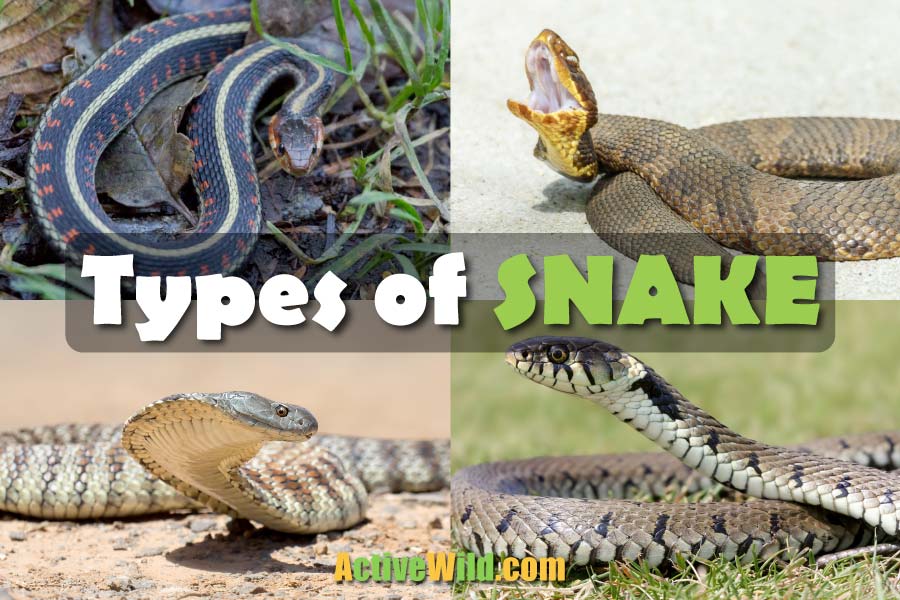
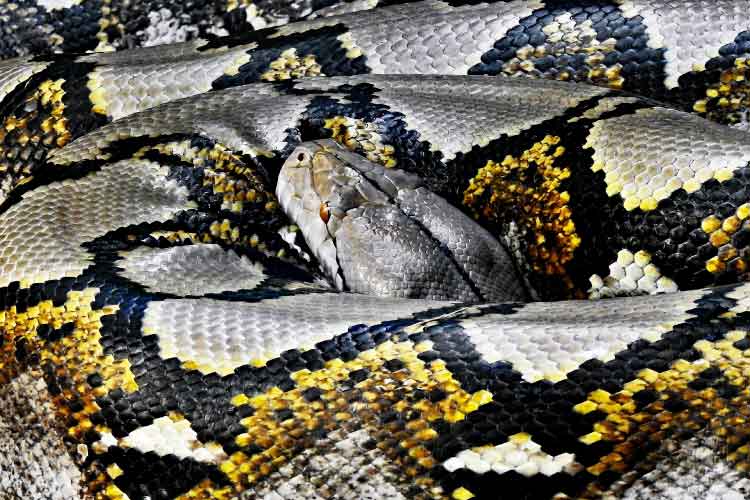

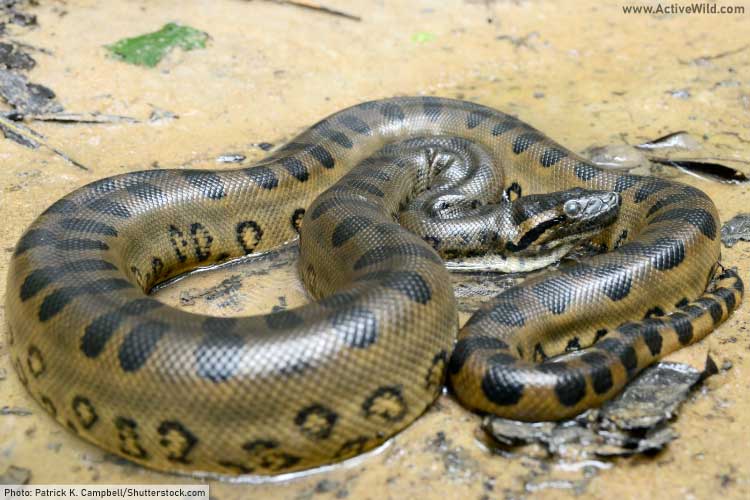
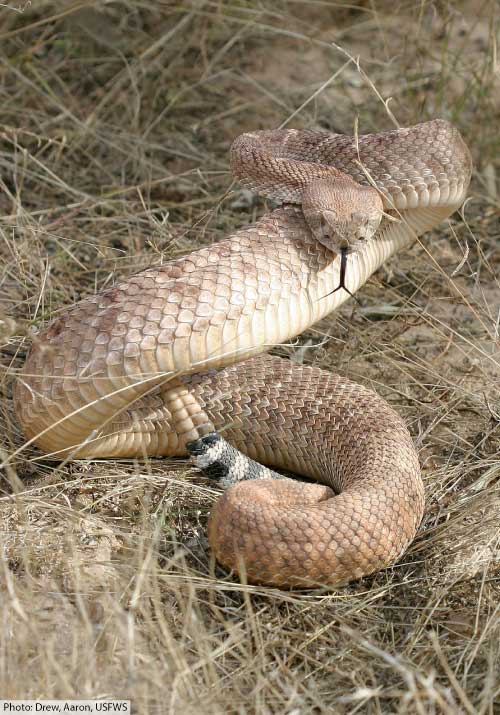




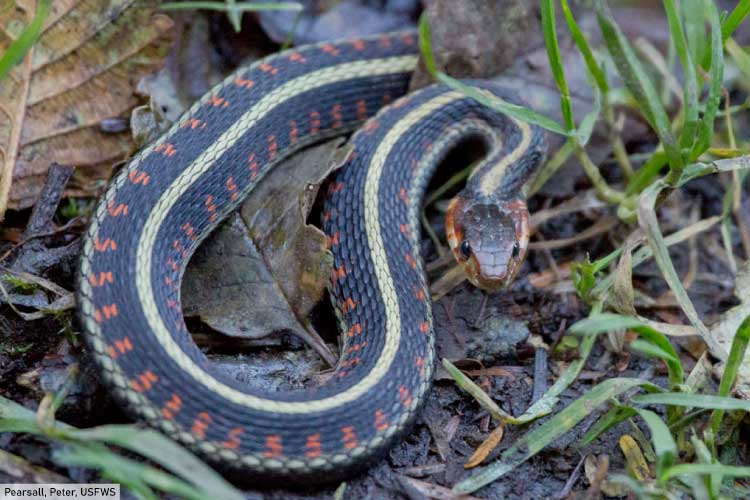
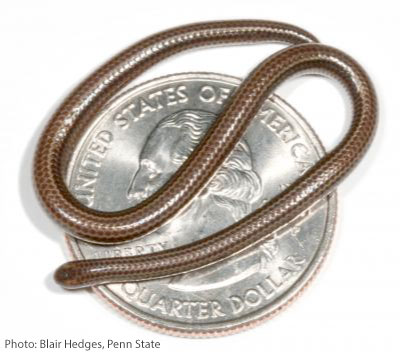

Snakes are cool!!!!!!!
👍😀
I finally figured out is the garter snake venomous.